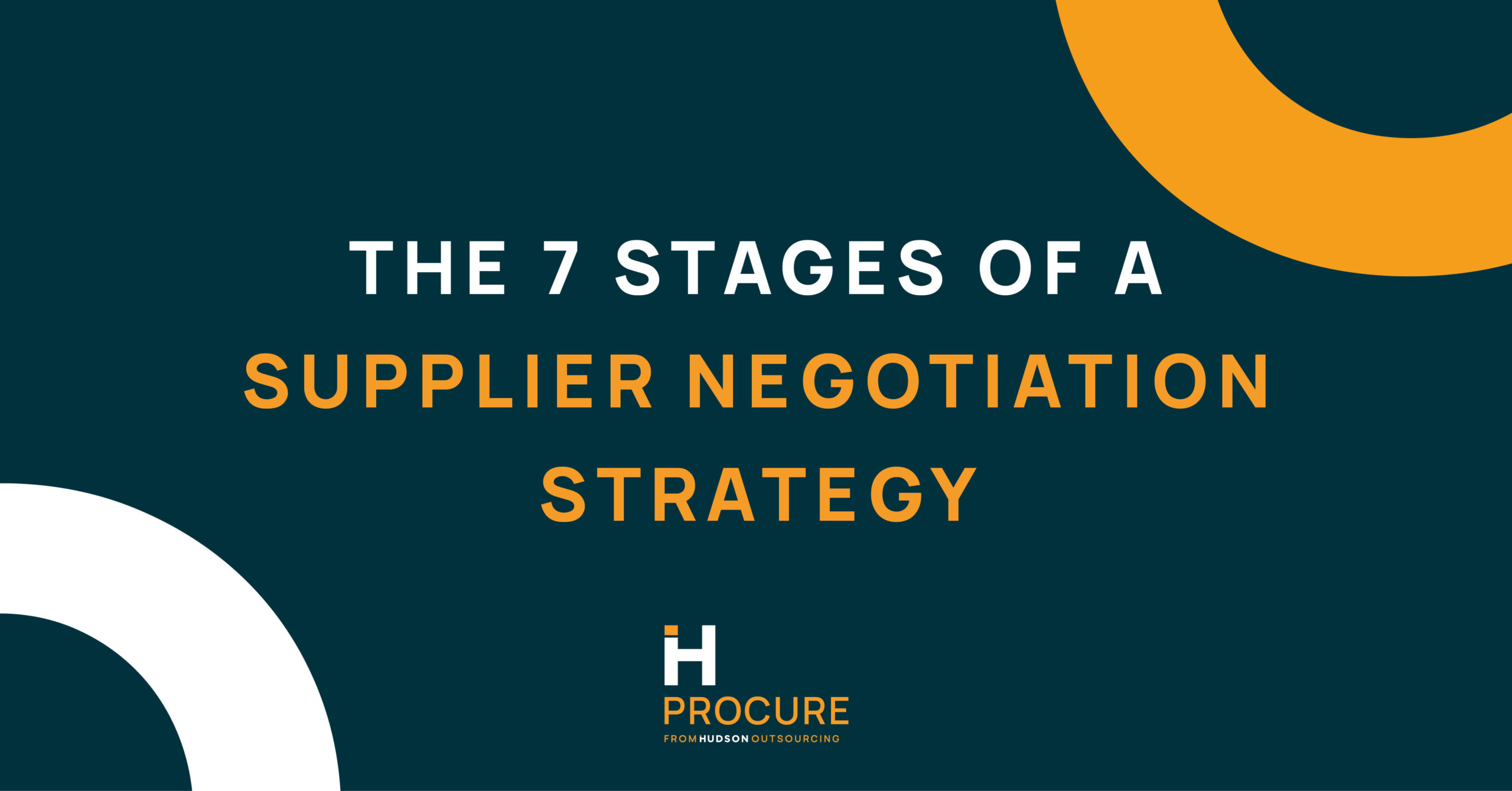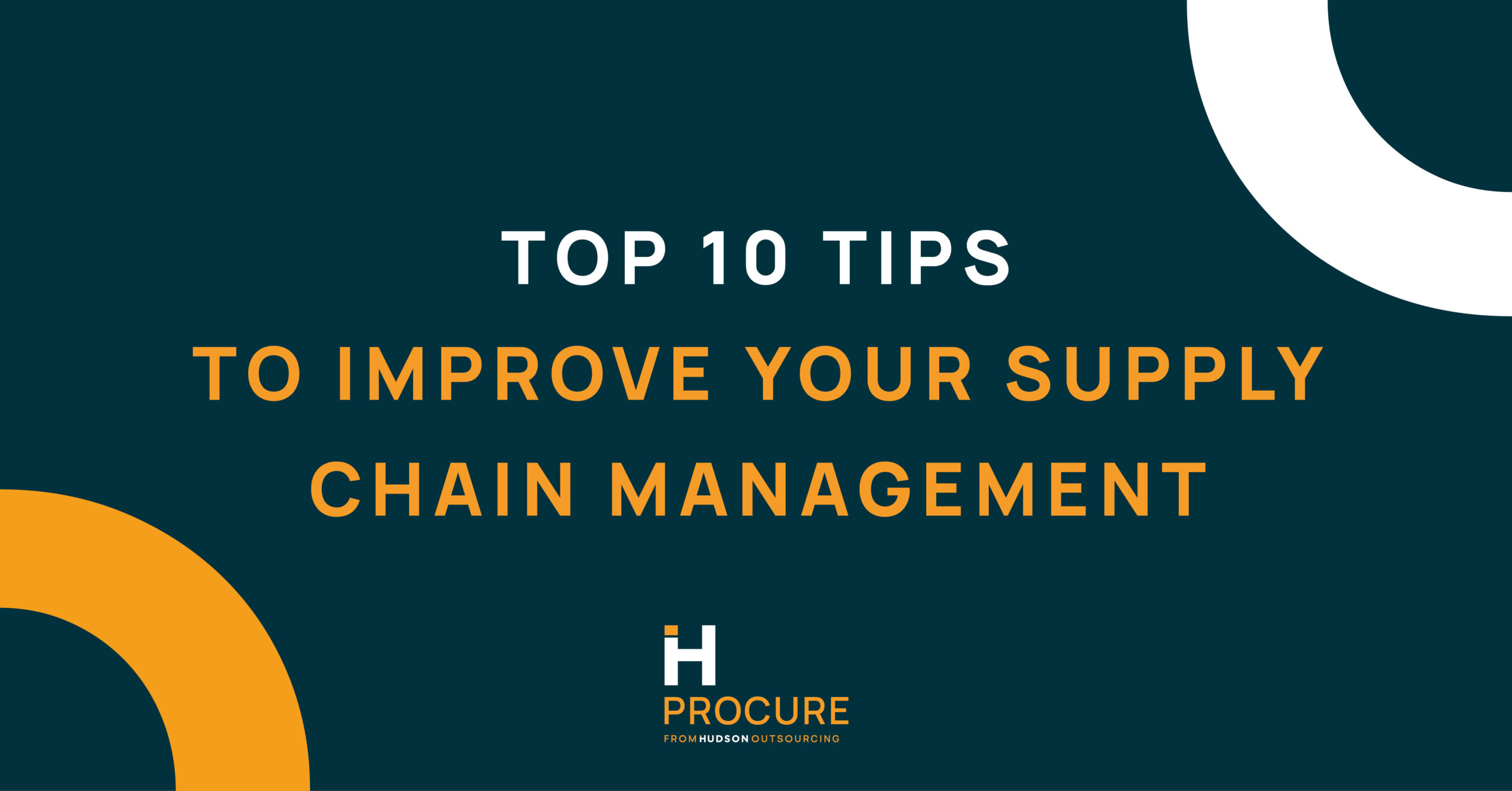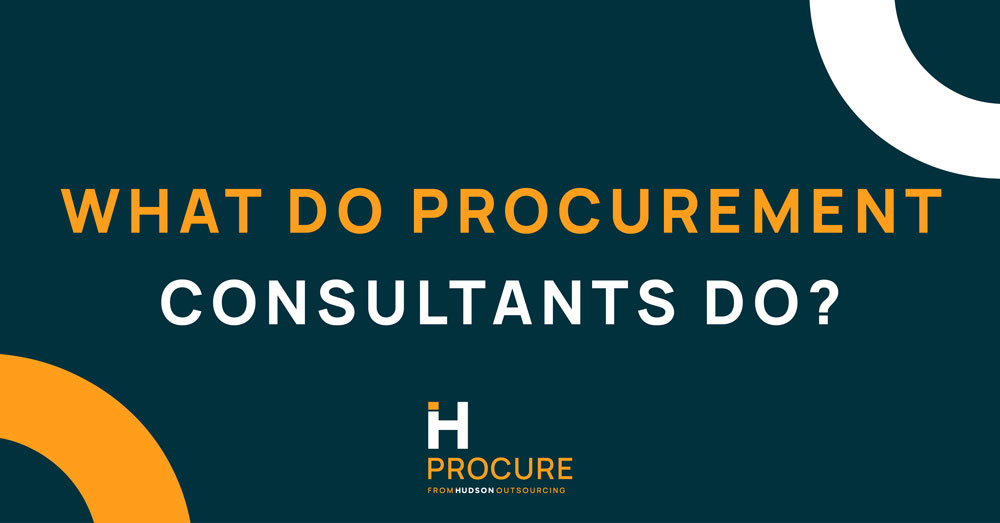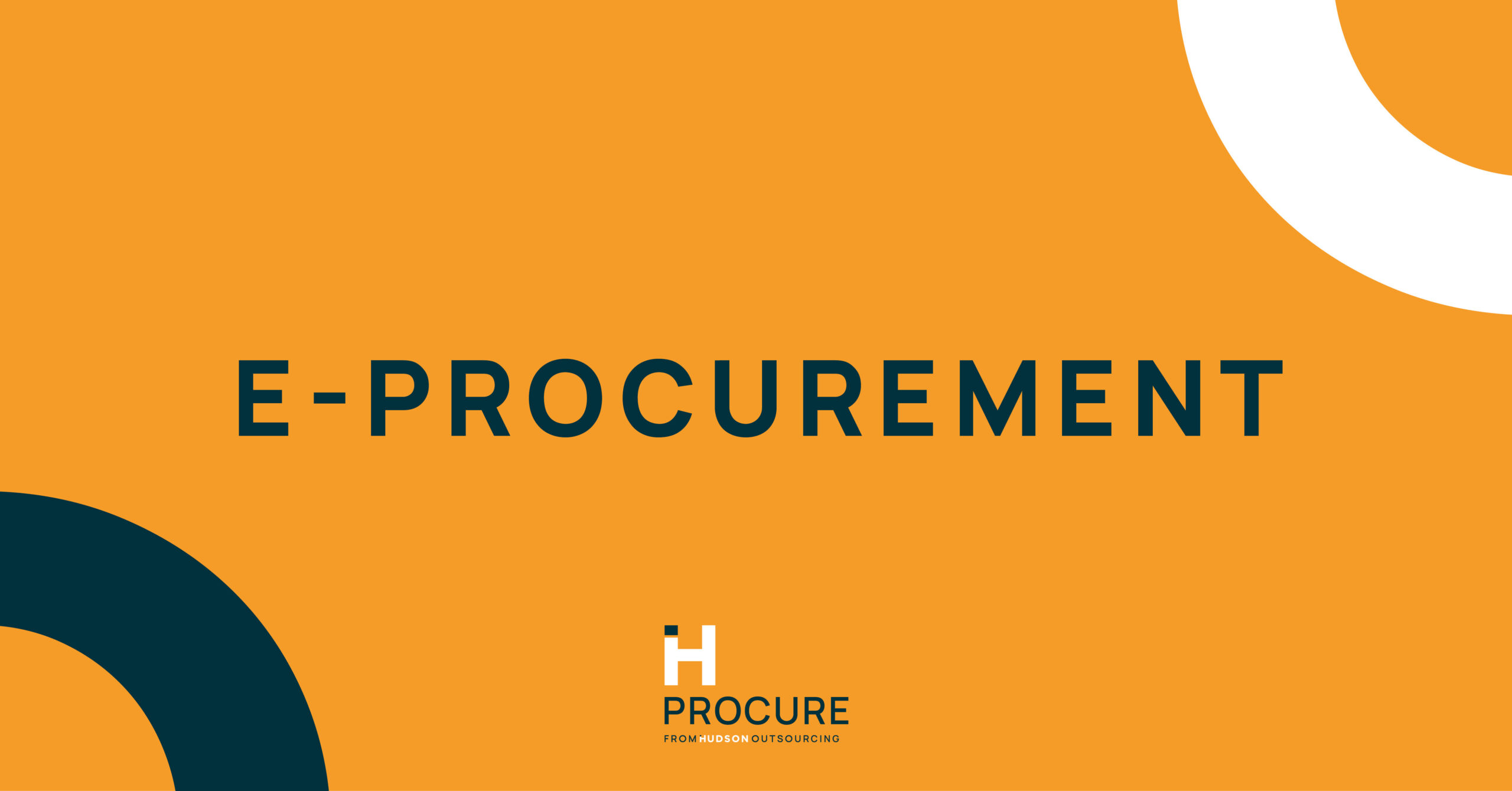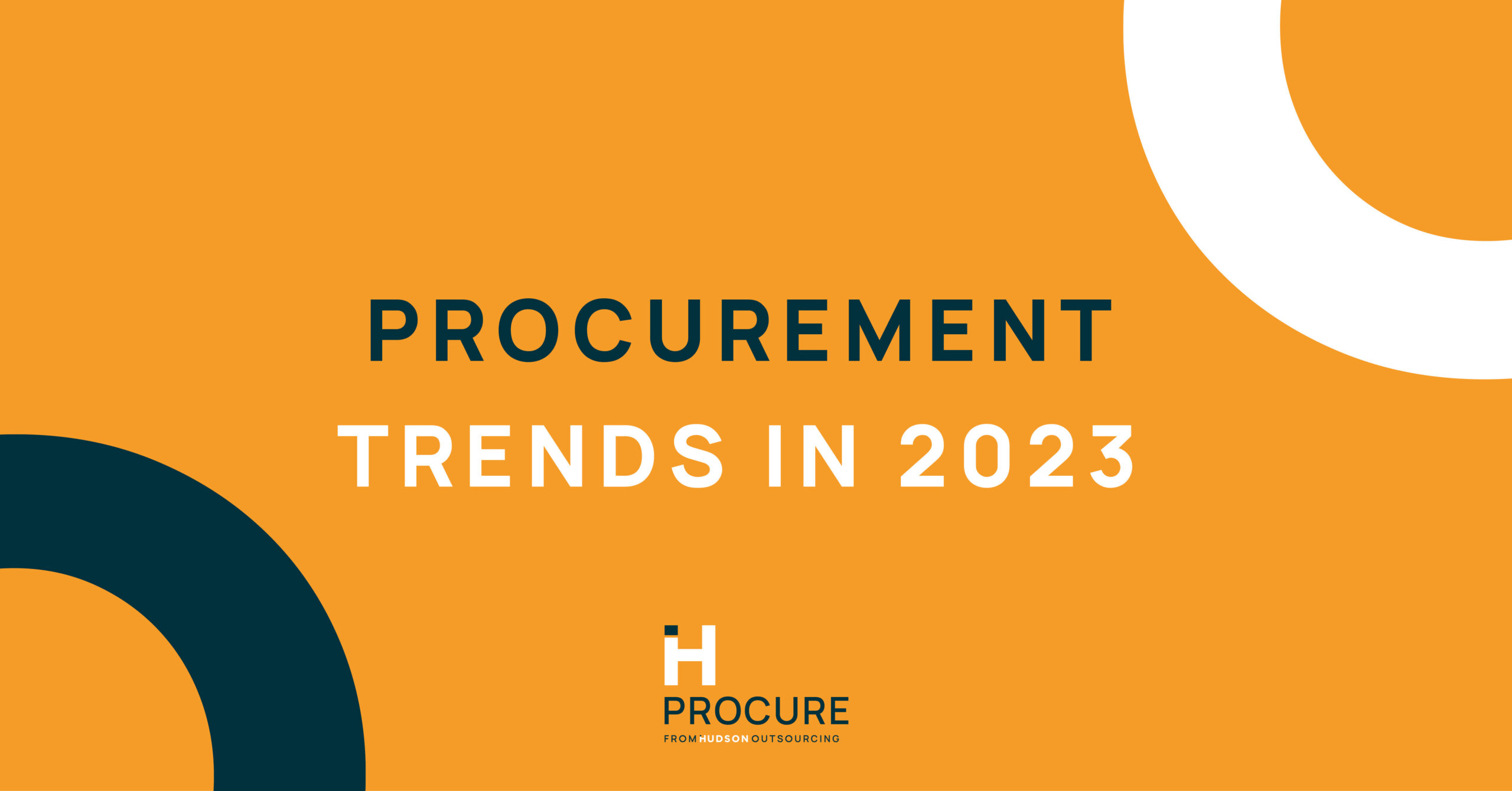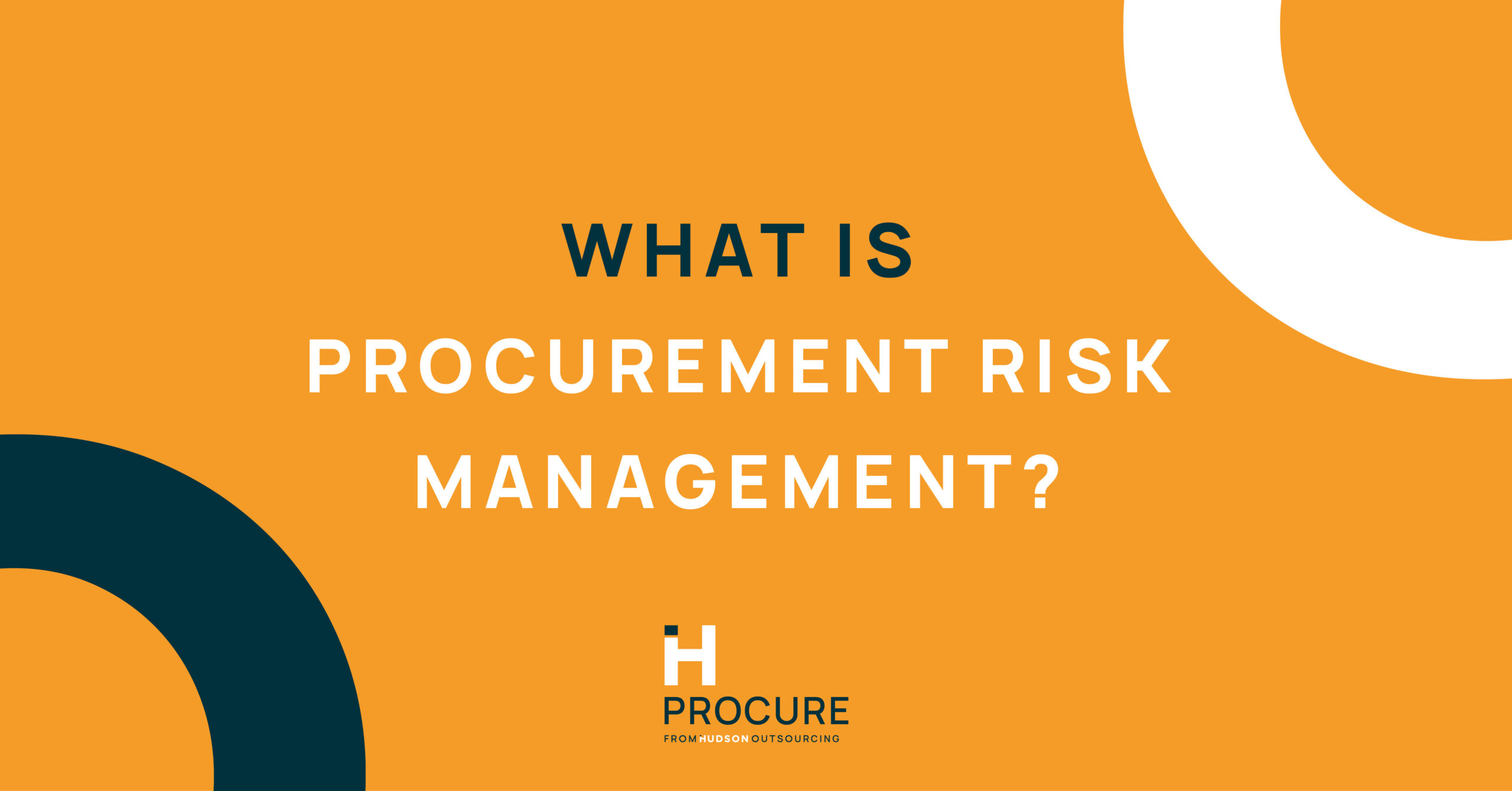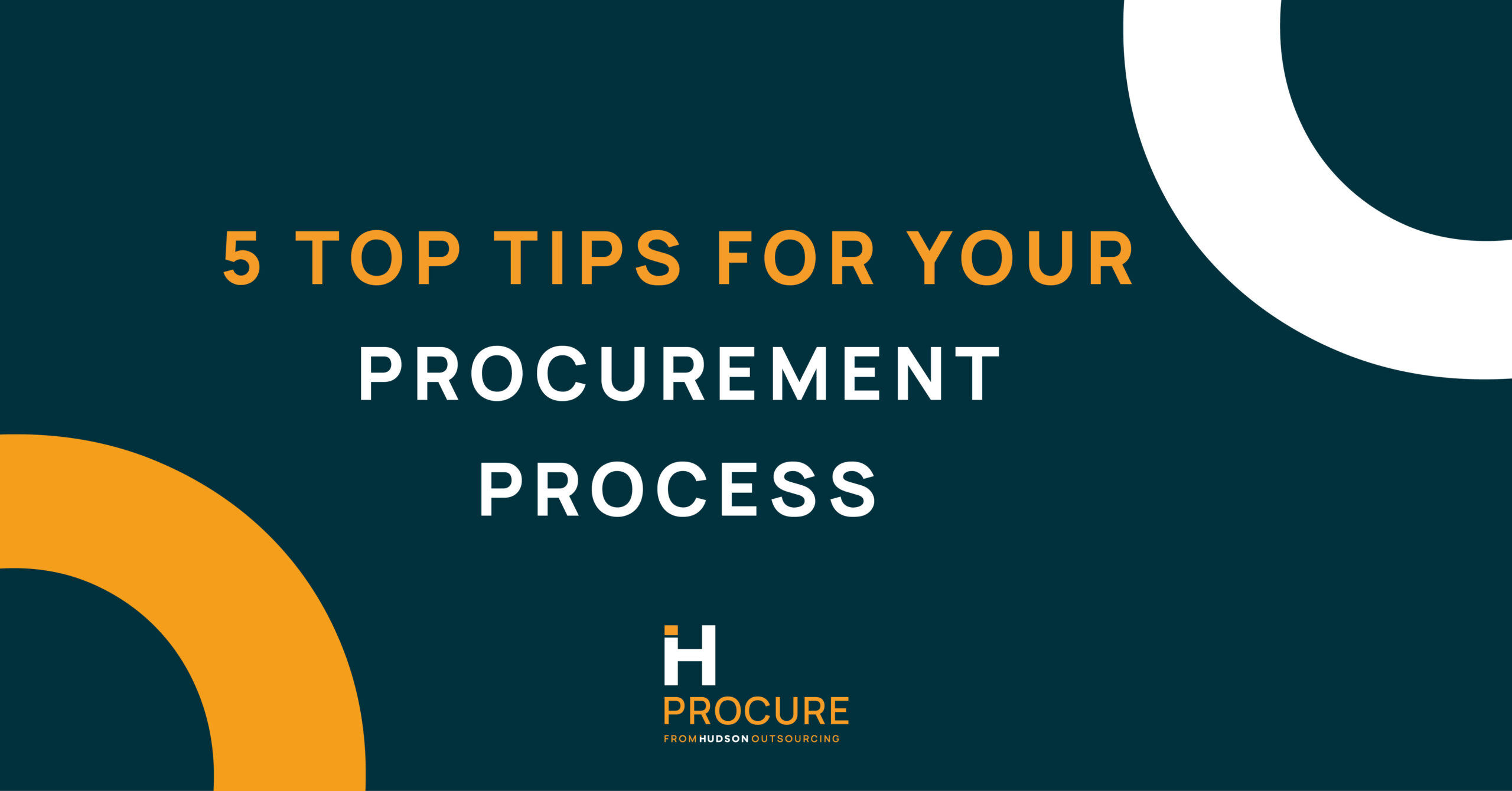How to streamline your supplier negotiation strategy to achieve results
Do you have a supplier negotiation strategy in place? If the answer is no, then you may be underprepared when it comes to meeting with suppliers.
In this blog, we go through the seven stages of a supplier negotiation strategy. This will allow you to be thoroughly prepared for the procurement process.
7 reasons why a supplier negotiation strategy is needed in procurement
Firstly, you need to understand why negotiation is used in the first place. It is understandable that having good strategies in place ensures that your procurement process benefits you. Therefore, there is no exception when it comes to your supplier negotiation strategy. Here are just seven reasons why having a negotiation strategy in place is beneficial:
- Reduces costs
- Adds value
- Solves problems
- Improves performance
- Can resolve conflicts reasonably
- Improves quality
- Creates a collaborative relationship.
The 7 stages that make up your supplier negotiation strategy
Before you begin to negotiate with your suppliers, these are the stages you need to be aware of.
1. Preparation
This is an obvious point that can often be overlooked. Preparation is the key when it comes to negotiation. You need to thoroughly research and prep what you need to know before meeting with suppliers. It will allow you to gain clarity on the things you need to know to confidently negotiate. There may be something unbeknown to you that suppliers may mention. Therefore, you need to be prepared with all the relevant information.
To be able to effectively prepare, ask yourself the following:
– What are your goals and objectives?
– Do you have a budget? If so, break this down.
– Have you thoroughly researched the supplier and their proposed services?
– Are there any questions you need to ask the supplier? Write these down.
– Are there any other factors that you wish to achieve from negotiations, other than price?
– Is there anything you are willing to compromise on? (Ensuring it will have no negative impact on you and the service provided).
– What key information is needed to report back following the negotiations?
-
Opening
If you have thoroughly prepared before entering negotiations, then you are ready for the opening stage. During this stage, both parties (you and the supplier) will identify their goals, outlining their desired outcomes. This will determine the next steps of the negotiation and begin the discussions.
-
Testing
The next stage in your supplier negotiation strategy is testing. Both parties listen to what the other is saying. During this stage, you will ask questions, explain your terms, and actively listen to what the supplier is putting forward. Again, you will have identified during your preparation what you need to know and what you need to say. In the testing stage, you will be constantly learning. You’ll gain a better understanding of practices, how things operate and how this works for your business. Some people even consider interpreting body language. The way verbal points are made can have an impact on the negotiations further down the line. It gives you a sense of how things could potentially play out, and how the supplier may react.
-
Proposing
Similar to the opening stage, this is where both parties will propose what they want to achieve. You will then take away this information to prepare a response. If you and the supplier both agree at this stage, then no further negotiation is needed. However, if your goals don’t align then you need to work on an agreement that suits all parties.
-
Bargaining
At this stage within your supplier negotiation strategy, you will determine what needs to be done to reach an agreement. You will look at your proposals and identify where you can compromise. Looking at what you think the supplier could compromise on too. You need to have an open approach during this stage. Being stand-offish could be detrimental to the final outcome. You will have gained insight during the testing stage into how the supplier feels about the proposed terms. Allowing you to return to them with a counter offer that should be accepted. If you show the supplier that you are willing to compromise, then they are likely to do the same.
-
Agreement
At this point in your supplier negotiation strategy, you should have reached a decision that both parties are happy with. To ensure this is implemented, a written deal signed by both parties needs to be issued. This will guarantee that the agreement is honoured now and in the future.
-
Closure
At this stage, everything is finalised. The arranged agreement is put into place, stated by a legally binding contract.
Supplier negotiation strategy tactics
Now you know the seven stages of a supplier negotiation strategy, here are four considerations to be aware of:
1. If a supplier emphasises deadlines too much, there may be a reason why. They could be unreliable when it comes to meeting deadlines and are trying to cover the fact up. Therefore, ask questions to identify what procedures can be put into place to ensure deadlines are met.
2. Don’t be afraid to ask for breaks during the negotiations. In some scenarios, negotiations take place over one day/meeting. This can be an intense situation to be in. Taking breaks throughout will help you keep your mind sharp but will also allow you to adjust your strategy accordingly.
3. Ensure that during your preparation stage you thoroughly researched the supplier and their prices. Suppliers may offer a higher price than normal to negotiate the price down to their normal rate.
4. Suppliers may try to sneak in extra, unnecessary services that could result in a price increase. If this is the case, ensure these are in fact beneficial to you. If not, then ask for them to be removed.
Summary
Having a supplier negotiation strategy in place can be beneficial to your procurement management. This includes:
- Reducing costs
- Adding value
- Problem-solving
- Improving performance
- Resolving conflicts reasonably
- Improving quality
- Build a collaborative relationship.
There are seven stages that make up a supplier negotiation strategy that you need to be aware of. These are:
- Preparation
- Opening
- Testing
- Proposing
- Bargaining
- Agreement
- Closure
Ensure you are fully prepared in all aspects before entering negotiations with your supplier. This will help achieve the best outcome for both parties.
How can Hudson Procure help with the procurement process?
At Hudson Procure, our procurement experts have two decades of experience. No matter what kind of support you’re looking for, we can help.
Procure Consult
Procure Consult provides support with tender management and ad-hoc procurement consultancy. Our expert team will manage the end-to-end procurement process or offer assistance at any stage, as and when required.
Procure Health Check
With Procure Health Check, we’ll conduct a full review of the strategic and operational procurement processes within your organisation. We’ll identify the areas that need improvement and help you drive greater value from the procurement process.
Procure Analyse
The purpose of Procure Analyse is to conduct a high-level analysis of your spending activity. We’ll help you understand your current strategic purchasing behaviour and highlight areas that can deliver greater value. Offered as part of Procure Health Check or as a standalone service.
Procure Outsourcing
With Procure Outsourcing, we deliver a range of procurement solutions on an outsourced basis, completely bespoke to you. This can range from delivering multiple tender projects as a package to delivering the full procurement function of your organisation.
Procure Post
With Procure Post, you can share your tender on one or more of our 11 sector-specific portals. This way, you’ll increase your chances of finding the perfect supplier.
Get in touch for a consultation and find out how we can help your business grow.
Check out our other blogs for further Procurement Insights:

